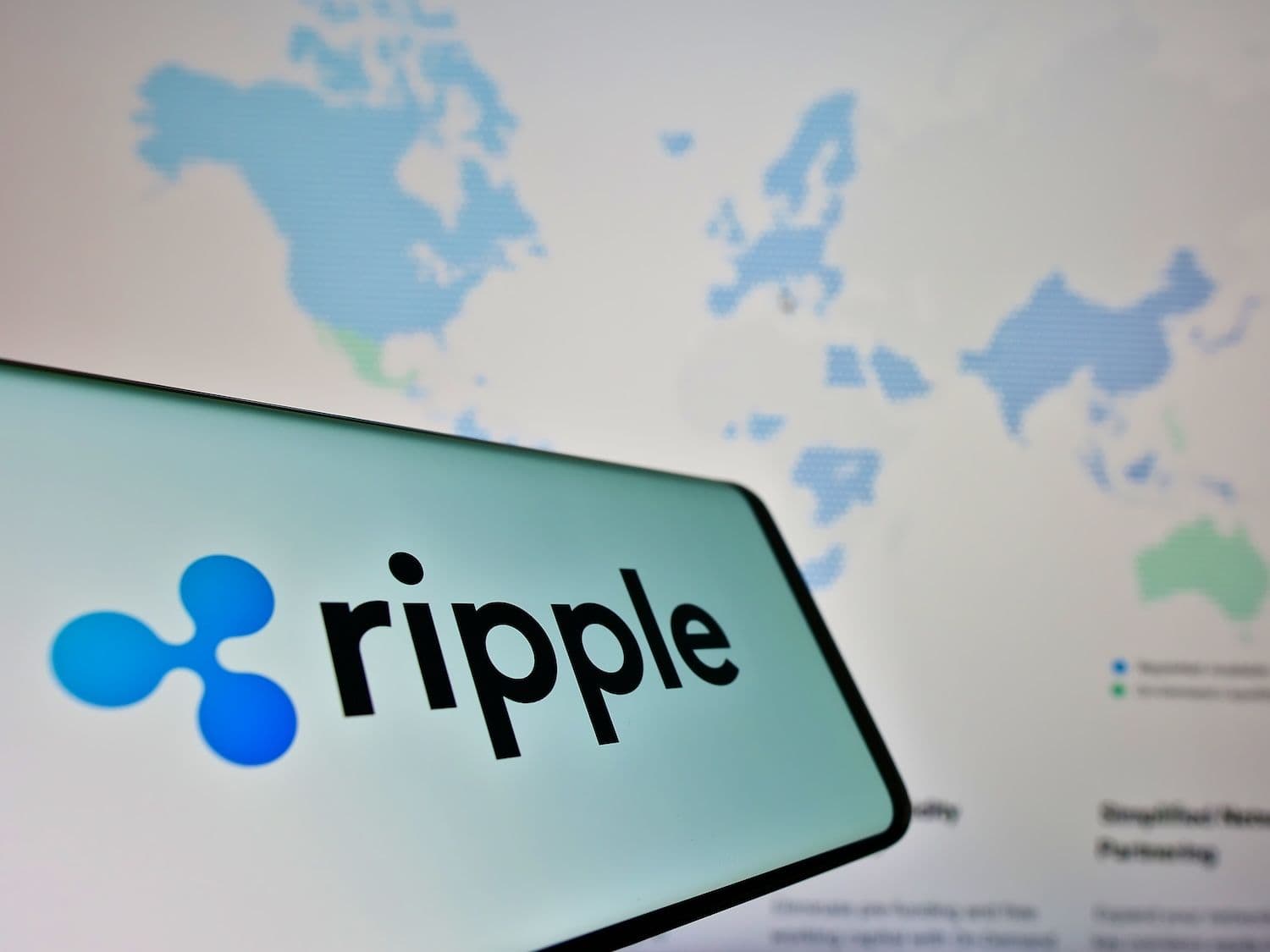Cryptocurrency company Ripple announced Thursday it will acquire stablecoin payments platform Rail for $200 million, marking another significant investment in digital payment infrastructure following recent federal legislation that could mainstream cryptocurrency tokens.
What to Know:
- Ripple will pay $200 million for Toronto-based Rail, which handles 10% of global stablecoin payment activity and offers faster cross-border transactions
- The deal comes weeks after President Trump signed legislation creating federal stablecoin regulations, potentially opening mainstream payment applications
- This represents Ripple's latest major acquisition following April's $1.25 billion Hidden Road purchase as the company builds its RLUSD stablecoin ecosystem
Strategic Positioning In Growing Market
The acquisition positions Ripple to compete more aggressively in the rapidly expanding stablecoin payments sector. Rail's technology enables cross-border payments that clear within hours rather than the days typically required for traditional fiat currency transfers.
Monica Long, Ripple's president, said the regulatory environment has created new opportunities.
"As regulations become more clear and the space has grown and matured, this opportunity for stablecoin payments is really ripe," Long said in an interview. The Rail acquisition "really solidifies our market leadership in stablecoin payments."
Rail, backed by Galaxy Ventures and Accomplice, claims responsibility for 10% of all global stablecoin-based payment activity according to the company's website. The Toronto-based platform uses stablecoins to facilitate international money transfers at lower costs than conventional banking systems.
The transaction will close in the fourth quarter pending regulatory approvals. Ripple said the combined entity will "deliver the most comprehensive stablecoin payments solution available in the market." Rail's virtual accounts and automated back-office processes will integrate with Ripple's existing payment capabilities.
Regulatory Climate Shifts
Trump signed federal stablecoin legislation in July that analysts believe could transform digital assets into everyday payment tools. The new regulatory framework provides clearer guidelines for stablecoin operations, potentially encouraging broader adoption beyond cryptocurrency trading circles.
Stablecoins maintain constant value through pegs to traditional currencies, typically the U.S. dollar at a 1:1 ratio. Their usage has surged among cryptocurrency traders moving funds between different digital tokens, but broader payment applications remain limited.
Ripple launched its RLUSD stablecoin last year to challenge market leaders Tether and Circle's USDC. According to CoinGecko data, RLUSD holds a market capitalization exceeding $611 million. Tether dominates the sector with more than $164 billion in market value.
The Rail purchase follows Ripple's April announcement of its largest acquisition to date: multi-asset prime broker Hidden Road for $1.25 billion. That deal aimed to enhance RLUSD utility and expand Ripple's institutional services.
Understanding Digital Payment Terms
Stablecoins represent a category of cryptocurrency designed to minimize price volatility through backing by reserve assets or algorithmic mechanisms. Cross-border payments involve international money transfers that traditionally require correspondent banking relationships and multiple intermediaries.
Prime brokers provide institutional clients with securities lending, leveraged trading, and custody services. Virtual accounts offer digital ledger systems without physical bank account requirements.
Market capitalization reflects the total value of a cryptocurrency calculated by multiplying current price by circulating supply.
Closing Thoughts
Ripple's $200 million Rail acquisition demonstrates the company's commitment to dominating stablecoin payment infrastructure as regulatory clarity emerges. The deal strengthens Ripple's position against established competitors while expanding cross-border payment capabilities through Rail's proven technology platform.

